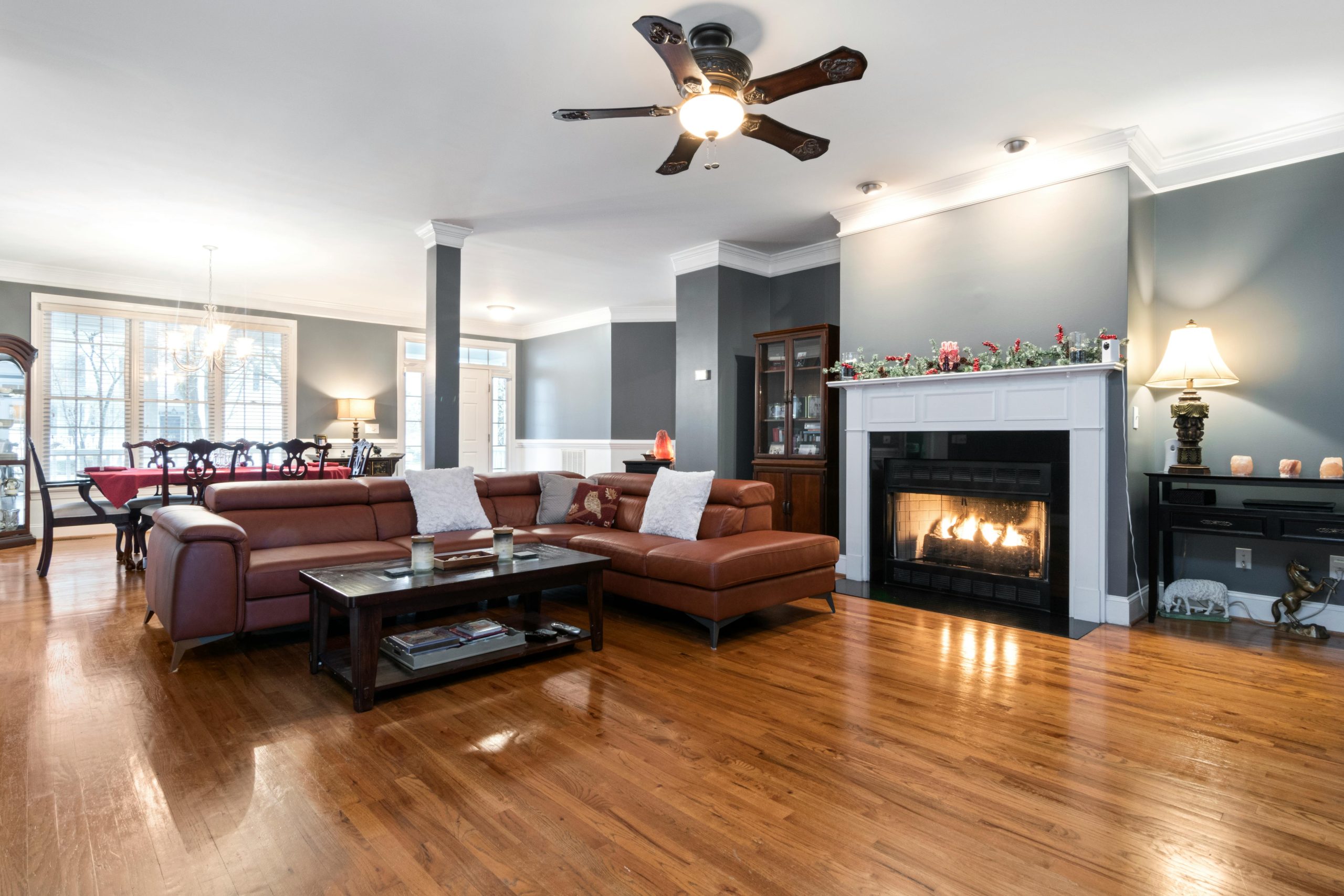Future of Lightweight Construction Materials
The building and construction industry continues to evolve with changes coming in every few days. Heavy materials weigh down ideas, drain energy and pose limitations to what we can build. There is no doubt about the fact that the future of construction is lightweight materials. The materials may be light but the strength is unmatched. Though a lot of people continue to stick to the traditional construction process, the materials used contribute to a high carbon footprint and the environmental impact is negative too. For this reason, sustainable building materials have debuted in the construction industry. Compared to conventional construction materials, lightweight materials require less resources, are energy efficient and have a minimal carbon footprint.
Thanks to recent technological innovations, building cutting-edge lightweight structures is possible. Lightweight construction materials are effective in areas where there is limited access and the design needs are challenging too.
Popular Lightweight Construction Materials
A few lightweight construction materials interior designers love working with are:
Aluminium
If there’s one material that is highly versatile, it has to be aluminium. It’s recyclable, lightweight and durable. It can literally stand the test of time, resist harsh weather conditions and minimise waste. In building construction, it is used as a component for windows and doors. It is also a cost-effective alternative compared to steel framing. Off late, aluminium honeycomb panels are in the forefront. Owing to their peel strength and durability, they bring in several new possibilities. Moreover, it is extremely versatile. It can be moulded into unique shapes and sizes. Architects are using it to express their artistic vision. Those studying interior design courses have a curriculum dedicated to green and sustainable construction materials.
Wood
Wood is an excellent construction material. The best part is that it’s lightweight. Though in the past, people have been in favour of engineered products, wood still continues to be the hero of building construction. When it comes to tensile strength, it even outperforms steel. Wood can even support its own weight owing to which it can make even a small space look large. Engineered wood is also recognised for its higher load-carrying capabilities. It’s much more cost-effective compared to solid wood and enables quick fabrication.
Materials made from Agri Waste
Owing to an increase in urban population, the construction sector is facing numerous challenges. To solve this, construction materials made from agri-waste are being used. A few popular materials include brick/masonry elements, green concrete, insulation materials, particle boards, bio-based plastic, agribio panels, and coco panels for furniture and drywalls. Since these materials are sustainable, they have a minimal carbon footprint across their lifecycle.
Steel
These days, you will find a lot of buildings that use steel as the primary material. Steel minimises the overall weight of the building, and maintains strength and stability at the same time. Since it is easy to use, construction time can also be considerably reduced. Steel is suitable for all types of buildings including residential, commercial and industrial structures. Compared to all construction materials, steel also offers the best strength-to-weight ratio. Steel is also resistant to fire, mould and termite. Steel support beams are thirty percent lighter than wood framing.
Benefits of Using Lightweight Construction Materials
Today, lightweight construction materials have become the most preferred choice of homeowners. Besides residential use, such materials are even being used for commercial and industrial buildings. A few benefits of using lightweight construction materials are as follows:
Improved productivity
Lightweight construction materials can improve overall productivity. It improves the wellbeing of the structure and the overall ambience. It also makes the building space appear minimalistic and more comfortable.
Thermal insulation
Green construction materials are also excellent thermal insulators. They minimise heat transfer between the interior and exterior of the building. They also lower the energy requirements of the building due to which residents can save on high electricity bills.
Enhanced sound insulation
Another advantage of using lightweight materials is that they offer enhanced sound insulation. Concrete usually has air pockets within them which help in absorbing sound waves. It also helps in reducing noise pollution. Concrete is an ideal choice for buildings in noisy areas. The air voids act as a barrier to sound waves. Lightweight concrete is also used for walls, floors and ceilings.
Conclusion
Lightweight construction materials are here to stay. Technological innovation will only enhance their use. In the future, new materials will be launched which are also likely to be lighter than what is available today. The construction industry is moving towards a more sustainable future. Even small changes can make a big difference. Architects, interior designers, engineers and developers who’ve completed interior design and decoration courses should definitely learn more about lightweight construction materials.
The future of the housing industry is sustainability and efficiency.




